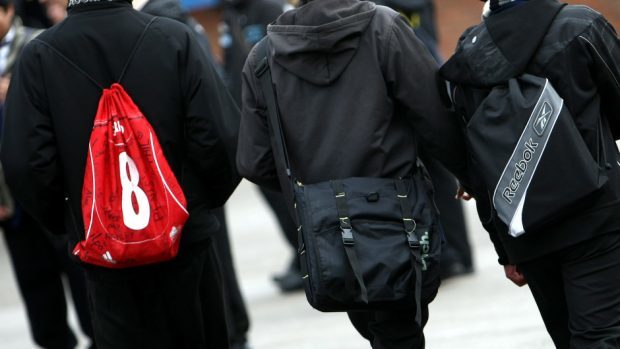The recent results from the Performance for International Student Assessment (Pisa) study showed Scotland performing, at best, averagely in the three critical subject areas of reading, science and mathematics.
Scotland’s level of attainment has fallen dramatically since the first Pisa survey in 2000 when it was significantly above average across the board.
The Scottish Government’s own survey of literacy and numeracy tells the same story. Standards have fallen since the survey was initiated in 2011 in both the critical foundation skills for future learning.
Furthermore, contrary to the government’s priorities, the ‘gap’ between the attainment of poorer and more affluent pupils actually grows the further they progress through the education system.
Why is this happening and what can be done about it?
To many people, the answer lies in Curriculum for Excellence, the major reform programme that has been affecting Scottish education over the last 12 years.
It is argued that teachers, parents and employers are confused about the objectives of this programme and fear that it involves a lowering of standards.
The whole exercise has been portrayed as a massive distraction from the essential business of improving learning and teaching.
In my view, this is wrong. The principles of Curriculum for Excellence are highly appropriate.
We should want young people to become successful learners, confident individuals, effective contributors and responsible citizens. The curriculum should create space for learning that is deep as well as broad. It is important that schools should equip young people to thrive in a highly competitive and globalised world.
The way in which Curriculum for Excellence has been implemented is another matter.
Teachers have been deluged with “guidance”, often of poor quality, on a scale that nobody could possibly cope with. Who could read 20,000 pages of advice or commit to memory all that is needed to apply four capacities, 12 attributes, 24 capabilities, five levels, seven principles, six entitlements, 10 aims, eight curricular areas, three interdisciplinary areas, four contexts for learning and 1,820 experiences and outcomes that are now being “simplified and clarified” by the issue of new benchmarks occupying 600 pages?
However, Curriculum for Excellence (as it is being realised in practice) is not the only problem as the Pisa scores demonstrate. Pisa doesn’t just test factual recall.
It measures understanding, problem solving and other advanced cognitive skills. These are the very things that Curriculum for Excellence should promote; yet the proportion of Scottish pupils excelling in these areas is well below average.
Clearly there are problems of aspiration and expectation. Scotland is accepting standards that fall far below the best that is being achieved internationally.
What is to be done?
First, the Curriculum for Excellence implementation programme needs to be critically reviewed. The guidance needs to be strategic, straightforward and manageable.
Second, there has to be a reform of the way in which Scottish education is run. The government needs to think seriously about how it seeks to promote change. It needs to engage teachers actively in this process. Parents must be brought on board.
Thirdly expectations have to be raised. In 30 years, countries like Estonia and Slovenia have escaped from the educational wilderness and now out-perform Scotland in every area. We need to stop congratulating ourselves and start giving Scottish young people a clear vision of the standards they must attain if they are to succeed in the modern world.
The Scottish Government understands this. It now needs to shed the last vestiges of complacency, find the courage to challenge vested interests and take the radical action that is needed.










